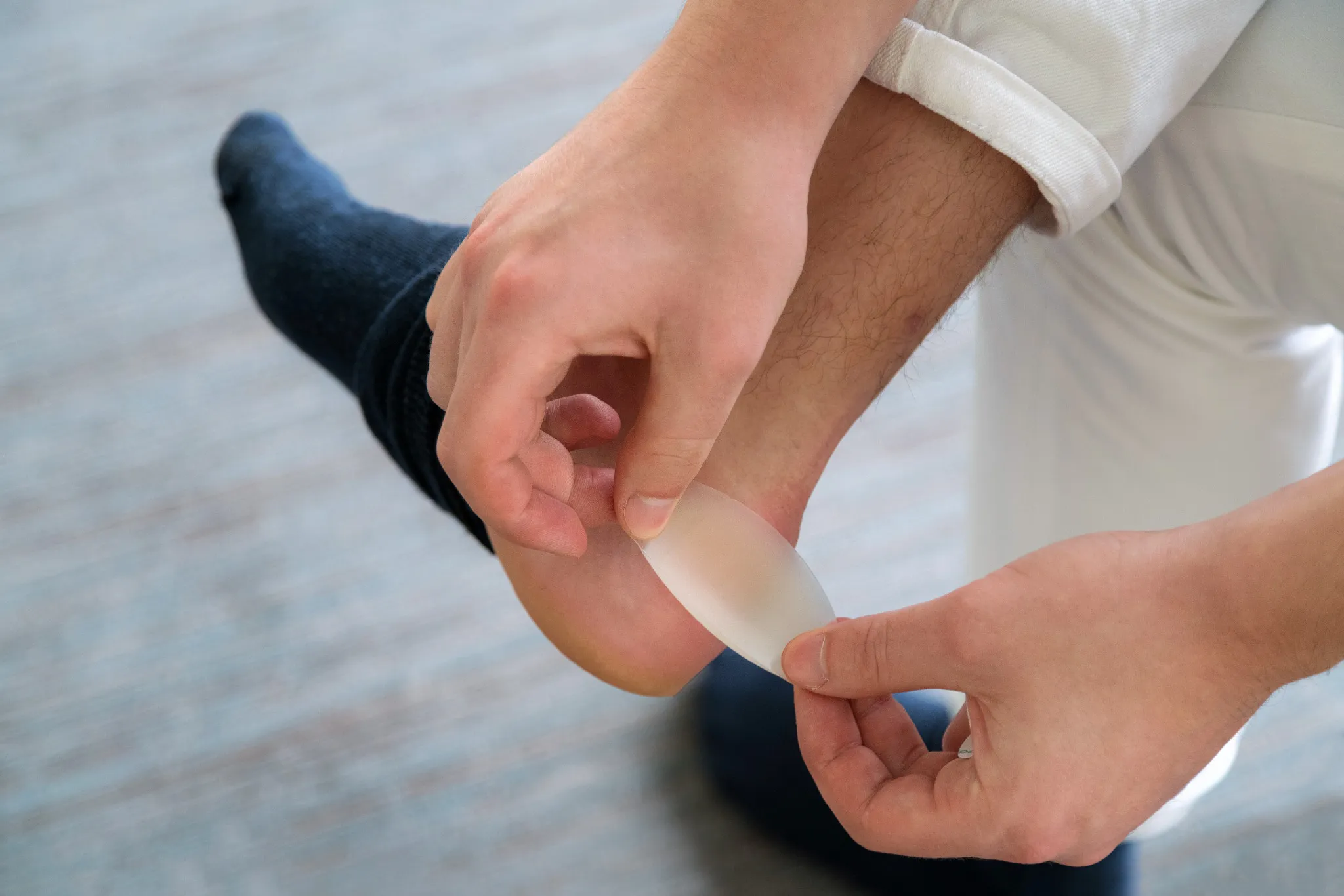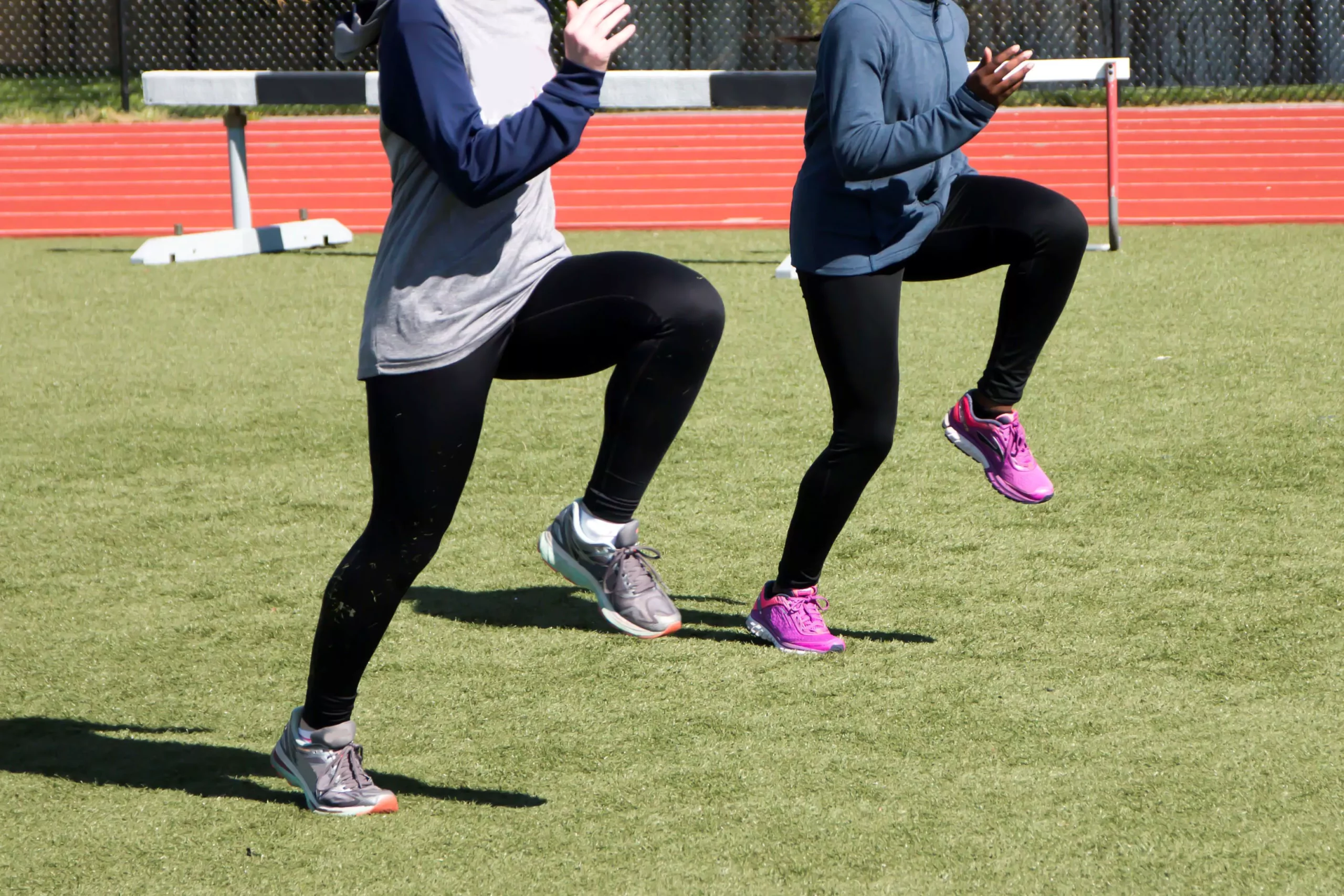Whether you’re a beginner aiming to complete your first 5K or an experienced runner looking to shatter personal records, injuries can be a frustrating roadblock on the path to success. A rapid and effective recovery is crucial not just for your health and well-being but also for returning to training and improving your running performance. In this article, we’ll explore the most common running injuries and how to overcome them. We’ll also discuss strategies for optimizing your 5K training plan, tips for preventing future injuries, and the role of nutrition in healing and enhancing athletic performance. Let’s lace up and learn how to make a speedy recovery and hit the ground running towards a faster 5K.
Understanding Common Running Injuries
Running is a high-impact activity that places repetitive stress on the body, particularly the lower limbs. Common running injuries often include runner’s knee (patellofemoral pain syndrome), Achilles tendinitis, shin splints, and plantar fasciitis. These conditions can arise from overuse, improper form, or inadequate footwear. Understanding the nature of these injuries is the first step toward managing them effectively and ensuring a quick return to your training regimen.
When an injury occurs, it’s essential to recognize the symptoms early and take immediate action. Ignoring pain can lead to worsening conditions that may require more extensive recovery time. For instance, sharp pain in the knee or shin during or after running could signal the onset of runner’s knee or shin splints. Seek professional medical advice for an accurate diagnosis and a tailored recovery plan to address the specific injury.
At the heart of a speedy recovery is a balanced approach that combines rest, appropriate exercises, and sometimes physical therapy. Rest allows the body to heal, but it doesn’t mean complete inactivity. Cross-training with low-impact activities like swimming or cycling can maintain fitness while protecting the injury. Strengthening and stretching exercises targeting the affected area can also accelerate recovery and help prevent re-injury when you resume your running routine.
Optimizing Your 5K Training Plan
A well-structured 5K training plan is instrumental in both preventing injuries and achieving faster times. It should include a balanced mix of running, cross-training, and rest days to allow the body to recover and adapt to the stresses of running. Gradually increasing mileage and intensity helps to build endurance and speed without overloading your muscles and joints.
Incorporating interval training and tempo runs into your plan can significantly improve your 5K performance. Interval training involves short bursts of high-intensity running followed by recovery periods, which boosts speed and cardiovascular fitness. Tempo runs, performed at a comfortably hard pace, enhance your lactate threshold, enabling you to maintain a faster pace for longer periods.
It’s crucial to listen to your body and modify your training plan as needed. If you start feeling unusual fatigue, aches, or pains, it may be a sign that you’re pushing too hard. Take extra rest days or reduce your mileage and intensity to give your body the chance to recover. Remember, consistency over time is more effective than sporadic bouts of extreme effort, which can lead to burnout or injury.
Injury Prevention: Techniques & Tips
Preventing injuries is far more effective than treating them. Warming up properly before running increases blood flow to your muscles, making them more pliable and less prone to injury. Dynamic stretches that mimic running movements can prepare your body for the workout ahead. Cooling down with static stretches post-run can help maintain flexibility and reduce muscle tightness.
Strength training is an invaluable addition to any runner’s regimen. By building stronger muscles, you’re not only enhancing your running performance but also reducing the risk of injury. Focus on exercises that target the core, hips, and legs to improve stability and running mechanics. Simple exercises like squats, lunges, and planks can be easily incorporated into your routine a few times a week.
Lastly, pay attention to your running form and footwear. Poor form can lead to unnecessary stress on joints and muscles, while the right shoes can provide the support and cushioning your feet need. Visit a specialty running store for a gait analysis and shoe recommendations tailored to your foot type and running style. Regularly replacing worn-out shoes is also essential to maintain proper support and prevent injuries.
Nutrition for Healing & Performance
Nutrition plays a pivotal role in injury recovery and overall running performance. Consuming a balanced diet rich in macronutrients (carbohydrates, proteins, and fats) and micronutrients (vitamins and minerals) supports tissue repair and provides the energy required for training and recovery. Carbohydrates are crucial for fueling workouts, while proteins are essential for muscle repair and recovery.
Omega-3 fatty acids found in fish, flaxseeds, and walnuts have anti-inflammatory properties that can help reduce swelling and pain associated with injuries. Additionally, vitamins C and E, as well as zinc and selenium, have been shown to aid in the healing process. Be sure to include a variety of fruits, vegetables, whole grains, lean proteins, and healthy fats in your diet.
Hydration is another key component of a healthy recovery and optimal performance. Dehydration can hinder your body’s recovery process and negatively impact your runs. Aim to drink sufficient water throughout the day and replace fluids lost during workouts. A properly hydrated body is better equipped to repair itself and handle the demands of training for a faster 5K.
Injury setbacks can be disheartening, but with the right knowledge and approach, you can bounce back stronger and faster. By understanding common running injuries, optimizing your training plan, employing injury prevention strategies, and focusing on nutrition, you’re setting the foundation for both a speedy recovery and improved 5k performance. Remember that patience and consistency are your allies in the journey to running success. Stay focused on your goals, take care of your body, and soon you’ll be crossing that finish line with a new personal best. Keep your strides smooth, and your recovery swifter—your faster 5K awaits!


